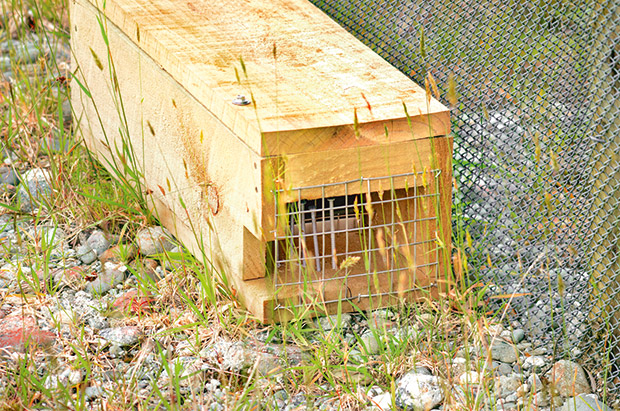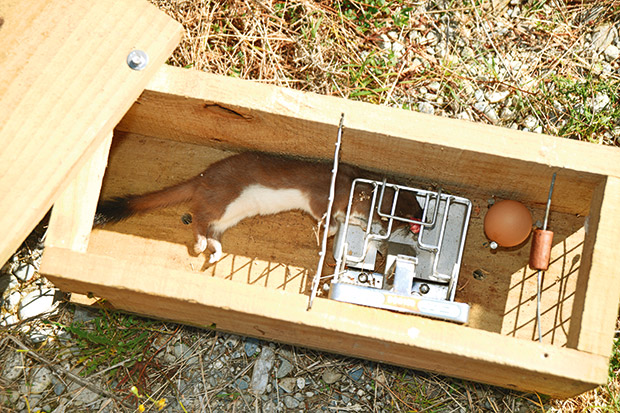4 expert tips for placing a pest trap

John Bissell is sharing his strategies on how we can be predator-free by 2050.
Words: Nadene Hall
If John Bissell could choose between 20 traps in good positions and 200 in bad spots, he’d choose the 20 every time. The long-time conservationist owns Backblocks Environmental Management. He travels all over NZ doing predator control work and has written a series of blogs on good trapping strategies.
John’s tips include:
1. A trap that captures an animal when it simply walks onto a plate to investigate a bait is often much more effective than a trap where the animal has to bite the bait and give it a good tug or stick its head inside something.
2. Sometimes, a trap site needs two different styles of trap – there will always be animals within a population that won’t enter certain sorts of traps.

One popular trap is the DOC250, but John has found it takes a range of trap types, lures, and strategies to achieve zero or near-zero control of predators.
3. Trap on the edge of cover, where prey is common and predators hunt the most – for example, by a creek where a fence and scrub edge intersect.
4. Tracks, bridges, and culverts are also hotspots. Place traps on track or road edges, especially on the approach to bridges – apex predators are great travellers, smart enough to use bridges, and love a bit of roadkill.
MORE HERE
11 pest trapping tips from New Zealand experts + how to catch pests that are killing your chickens
The secret life of nocturnal pests (and how to capture them on camera)
Love this story? Subscribe now!
 This article first appeared in NZ Lifestyle Block Magazine.
This article first appeared in NZ Lifestyle Block Magazine.

